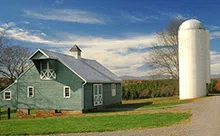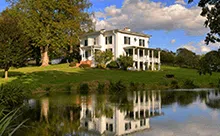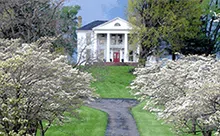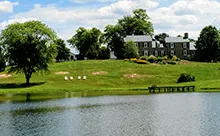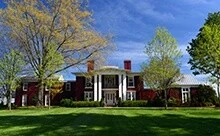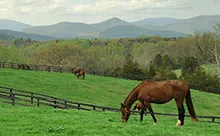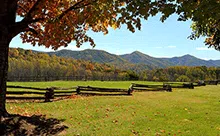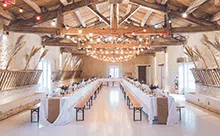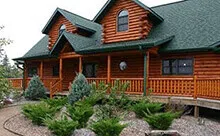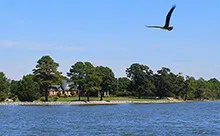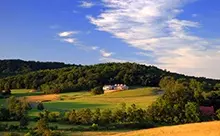Colonial Revival Architecture in Virginia
The Southern Colonial Revival
Colonial Revival (late1800’s to 1950’s) architecture in Virginia will most often be reflective of early English or Southern colonial influence, based on earlier Georgian, or Federalist precedents. The style of very early Virginia was most understandably Georgian, as seen in the college of William and Mary in Williamsburg.
However, variations of this style are many – particularly as home building and architectural influence expanded widely during this period. In general, the Colonial Revival in Virginia is one of symmetry, and grand permanence as well as a practical adherence to classic Grecian precedents amid the rolling terrain.
Most historic Virginia homes designed in this style generally feature a parlor and main hall, or central passage. Prominent chimneys will often bracket gable-ends, while the ridge beam typically will run parallel with the street. Typically of two stories, this type of home will often feature equally spaced windows, and a prominent main entrance. In most cases the ridge beam frames the symmetry of the facade.
Most Colonial Revival homes in Virginia reflect the advancements being made in machine milled woodwork resulting in subtle embellishments and sometimes opulent adornment. Windows will often be in symmetrical pairs or triple combinations. Dormers often accent the roof line, providing architectural relief and allowing for light. The front door is usually large and most often accentuated with a large fanlight and pediment. These architectural features are of particular importance.
Some of the finest examples of the Colonial Revival exist in neighborhoods of older homes in Charlotteville, Staunton and Richmond. And many historic homes of the like still occupy working farms and vineyards throughout central Virginia. The entrance is often supported by prominent columns, atop a raised and accommodating front porch.
Variations of Colonial Revival Architecture in Central Virginia
The many variations of fine Colonial Revival homes in Virginia reflect a general marriage of agrarian ideals and architectural classicism. Historic homes in Virginia are typically of this style, often with handsome and functional adornments and rustic landscaping.
Attachments are common, and may include a covered side entrance, enclosed porch, or sunroom. However the term Colonial Revival can be used broadly and the facade of many central Virginia homes built after 1900 may reflect German, Dutch, Spanish or French American Colonial influence. This is due mainly to the widespread exposure, through print source material and population mobility after this time.
The combined increase in exposure in general, and the rapid increase in production capacity nationally, and certainly within the commonwealth of Virginia, caused previously isolated and disparate styles of the European colonial era to find their way into the landscape. Today the Virginia country side is, here and there, accentuated by the vibrant expressions of European colonial influence manifest in rare and historic property and real estate.
Key elements of Southern Colonial Revival architecture in historic Virginia property:
- Floor plan with parlor or main hall oriented design
- Elevated front porch
- Bold entrance way and robust pediment
- Main ridge beam running parallel with the street
- Symmetrical, gable-end, chimneys
- Symmetrical Palladian windows
- Large wooden shutters, sometimes called plantation shutters



















